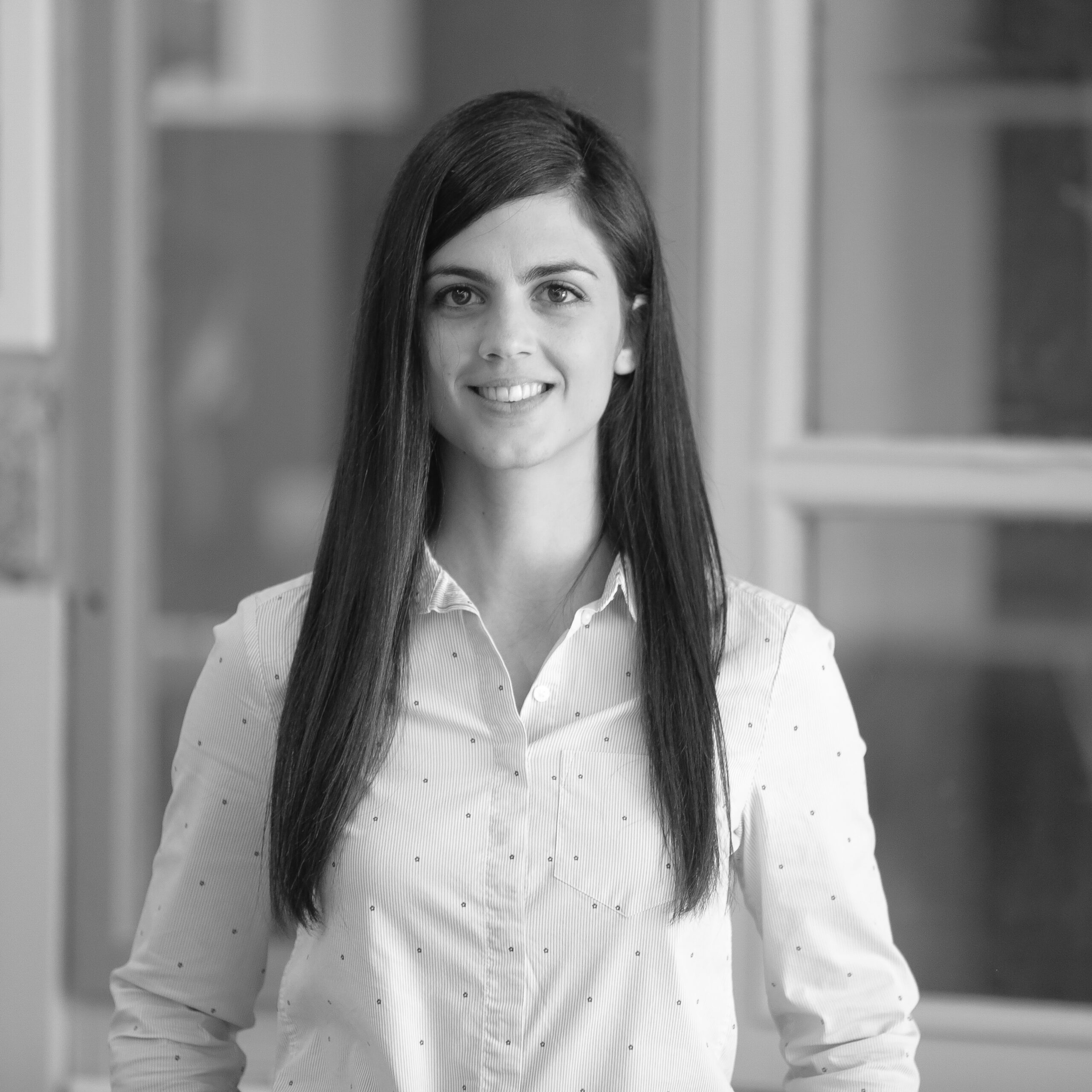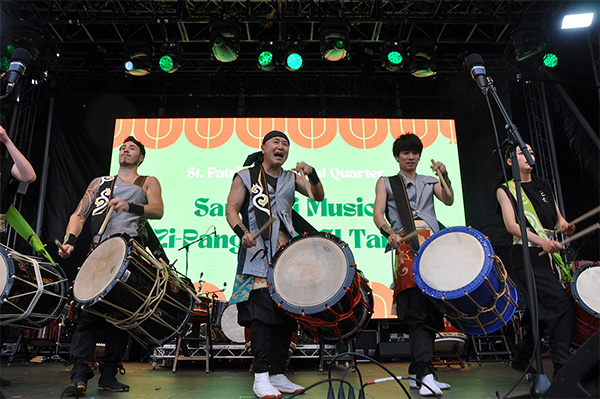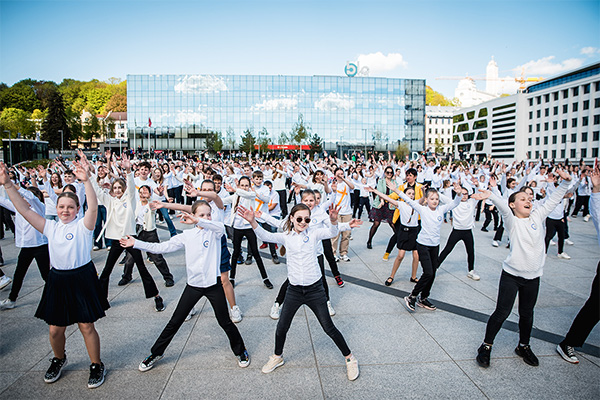Column
ColumnOpportunities and perspectives of immersive works of Centre of Digital Experience in Veszprém, Hungary
During the two-day “Japanese Horizon” event Japanese digital artists were invited to inspire and work with Hungarian audience; academic-, innovation-, and art professionals, CODE staff, University of Pannonia, Fixir MediaLab, Digital Knowledge Centre, representatives of the Hungarian immersive genre interested in immersive technology, with the aim to jointly explore the long-term opportunities and strategy of our new institution with Central-European range.
Veszprém is committed to the strategic use of progressive digital technologies in the cultural and creative industries by creating the CODE. It aims to create an institution at the intersection of arts, technology, society and science that can be a long-term driver of Veszprém’s position in the creative industries. The “Japanese horizon” is CODE’s first project to go beyond meeting the needs of the general public and set CODE on the path to becoming an integrative and innovative international “hub” for the region.
We are aware that we can only learn from Japanese professionals and artists due to their long-term experience in the digital field. We have started promising and long-lasting links with Japan, with Japanese artists and professionals, which is at the forefront of technology and artistic innovation in the world. The high prestige of Japanese art in Hungary and the deep interest of the public in Veszprém in Japanese culture are also part of this.
The project presented two Japanese artists and immersive professionals living and working in Europe: Mr. Hideaki Ogawa, Managing Director and Artistic Director of Ars Electronica Linz, and Mr. Yuma Yanagisawaartist from Berlin, between 12-14 December 2024.
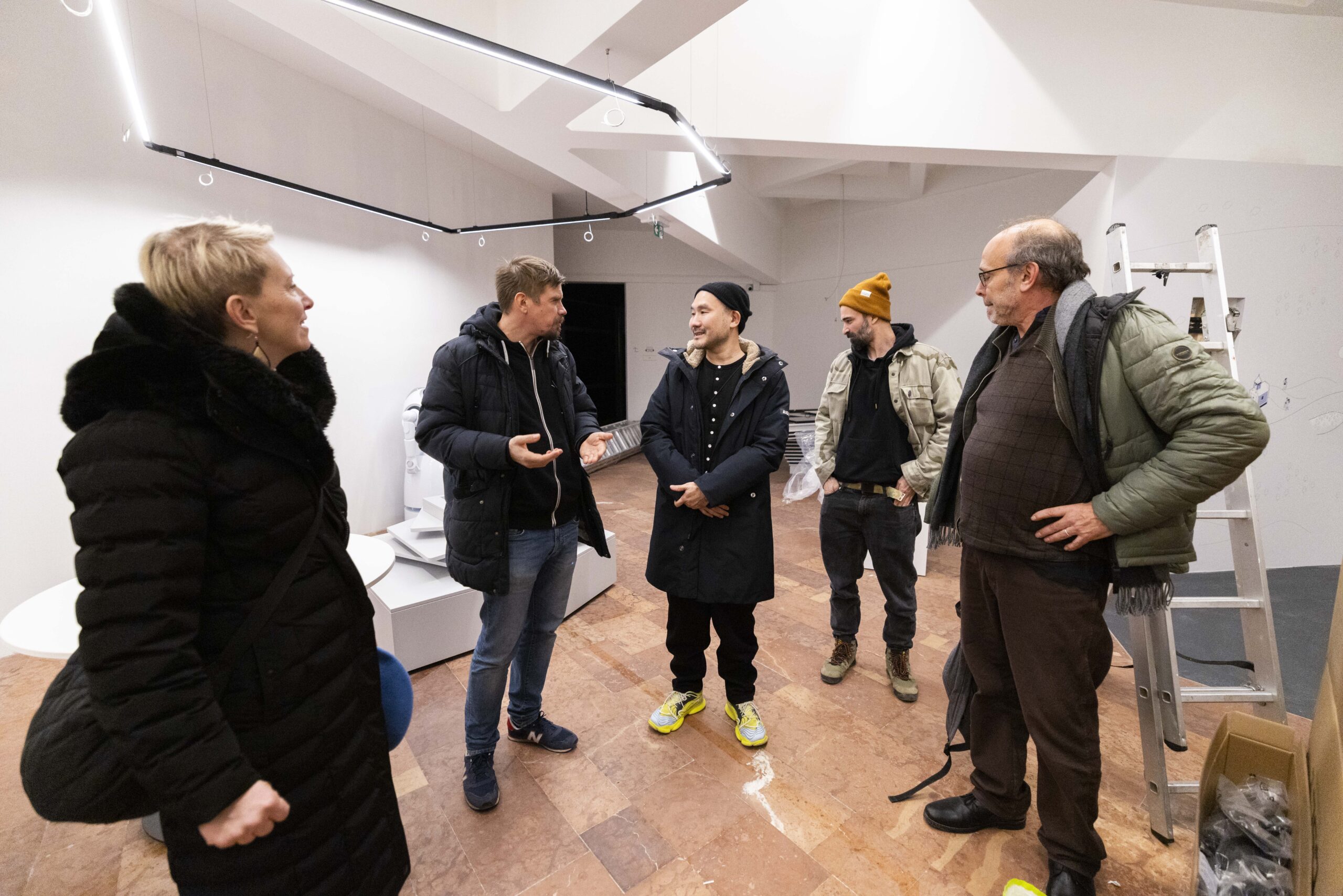
The target audience of the workshops beside the CODE team, were professional of academic-, innovation- and artistic community from Hungary, interested in immersive technologies.
The purpose of the meeting was to lay the foundation for the long-term strategy of the soon-to-open CODE – Centre of Digital Experience, based on the recall of Ars Electronica’s decades-long successful past and experiences, and to examine digital trends not only from the exhibitor’s but also from the content creator’s perspective.
The program therefore was rather multifaceted, to which Mr. Ogawa’s experiences, expertise and insights were of enormous importance for a starting institution; on the other hand, Mr. Yanagisawa’s artistic experiences and materials provided an important insight and inspiration into the mysteries of creation.
The program was organized according to the following schedule:
After both of our guests arrived in Veszprém on 12th December, we all had lunch together and got acquainted, with the summary of Veszprém’s goals being European Capital of Culture in 2023 and with the project of CODE.
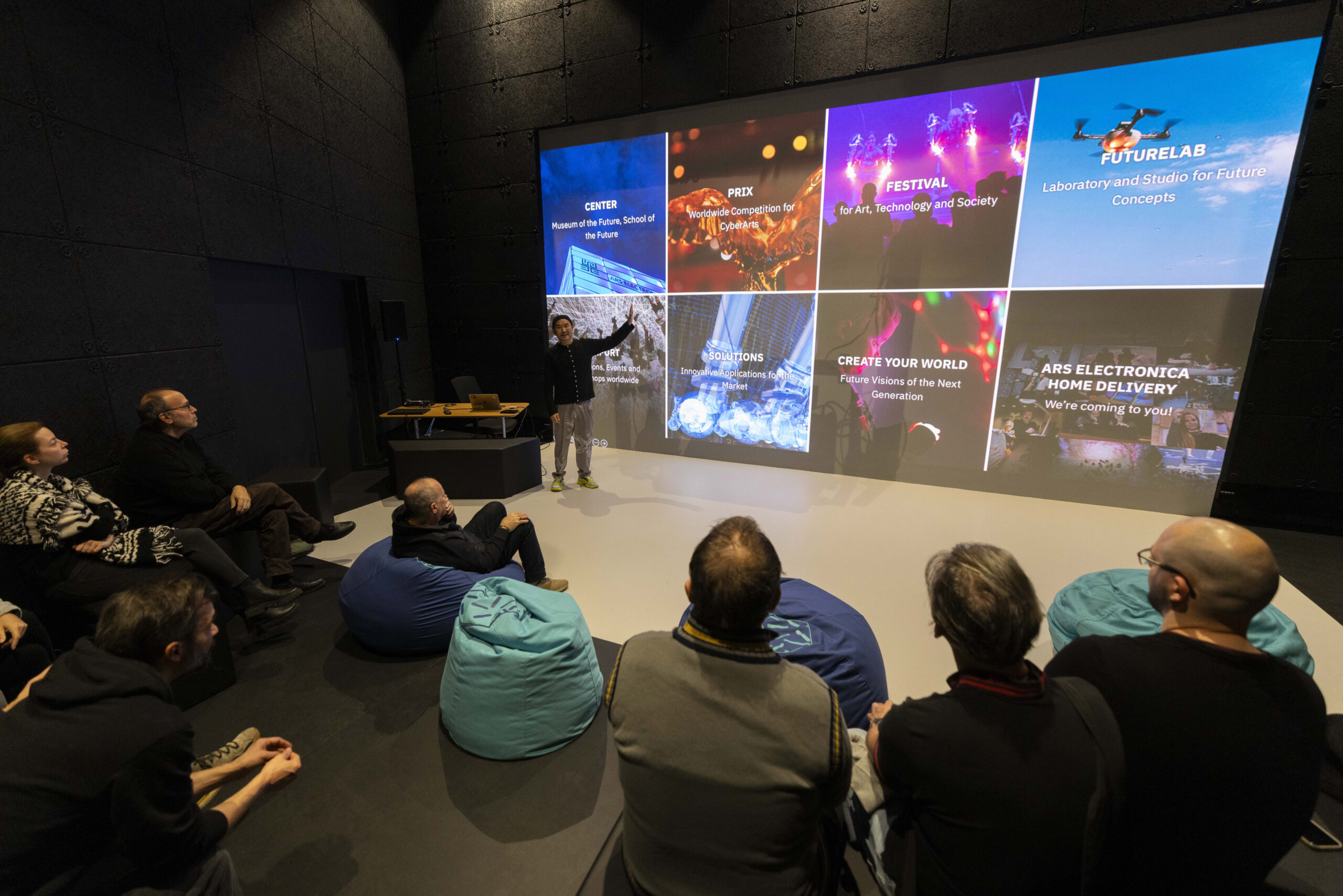
Mr. Yanagisawa’s workshop started at 4:00PM, so the group headed to the Fixir Media Lab in the castle area, with sightseeing along the way. There were about 25-30 participants at the workshop, where Yuma showed and explained his way of creating digital artworks. The participants also received hands-on experience with the help of the lab’s computers and the necessary software.
The workshop and dinner were accompanied by Ms. Tomoko Morita, a Japanese teacher living in Veszprém. Her presence was very special as she could share her experiences of living in Hungary with our guests in Japanese.
In the morning of 13th December, we had a presentation from Mr. Hideaki Ogawa, with the participation of creative professionals and immersive artists (as well as with the participation of Mr. Yuma Yanagisawa). The audience included researchers, teachers, and students (University of Pannonia, Budapest Design University), and digital art and artificial intelligence experts.
Mr. Ogawa presented to a larger audience about his and his team’s work, the Future Lab, and about the artistic and business perspectives of “immersive technologies,” including experiences from Linz and Japan, followed by a short Q&A.

After lunch, Mr. Ogawa held a strategic workshop for the current team of CODE. Our goal was to jointly design some elements of a long-term strategy, or at least find the most relevant questions to position CODE domestically and internationally as well.
Both workshops were very successful and lasted longer than planned due to the inspired participants.
During the workshops with Mr Ogawa, we took Yuma to the Lake Balaton to visit our national natural treasure, playing an important role in our ECOC program. We trust that Lake Balaton served as a similar inspiration for Yuma as his nature-inspired works have for us.
Afterwards, Mr. Yanagisawa presented us his artworks possible for licensing and commissioning. This event was another spike of inspiration and will most probably lead to a fruitful cooperation between CODE and the artist.
Both Mr. Ogawa’s and Mr. Yanagisawa’s lectures have immensely strengthened our relationship with Japanese culture and innovation, and our partner Ars Electronica in Linz. The workshops have contributed to the main objectives of the Veszprém-Balaton 2023 ECOC project, which is to position the region as cultural-creative with Veszprém as its stronghold. In the framework of this strategy, the ECoC has turned to new media, including immersive technologies.
These technologies, which are still in their infancy in Hungary, will enable Veszprém to develop a creative-cultural profile across a broad interdisciplinary and creative spectrum, which will enable it to become a leader in a progressive segment of the Hungarian creative industry. The national and international collaborations and projects created by CODE, can create a dynamic network that makes the city even more attractive to the creative industries.

